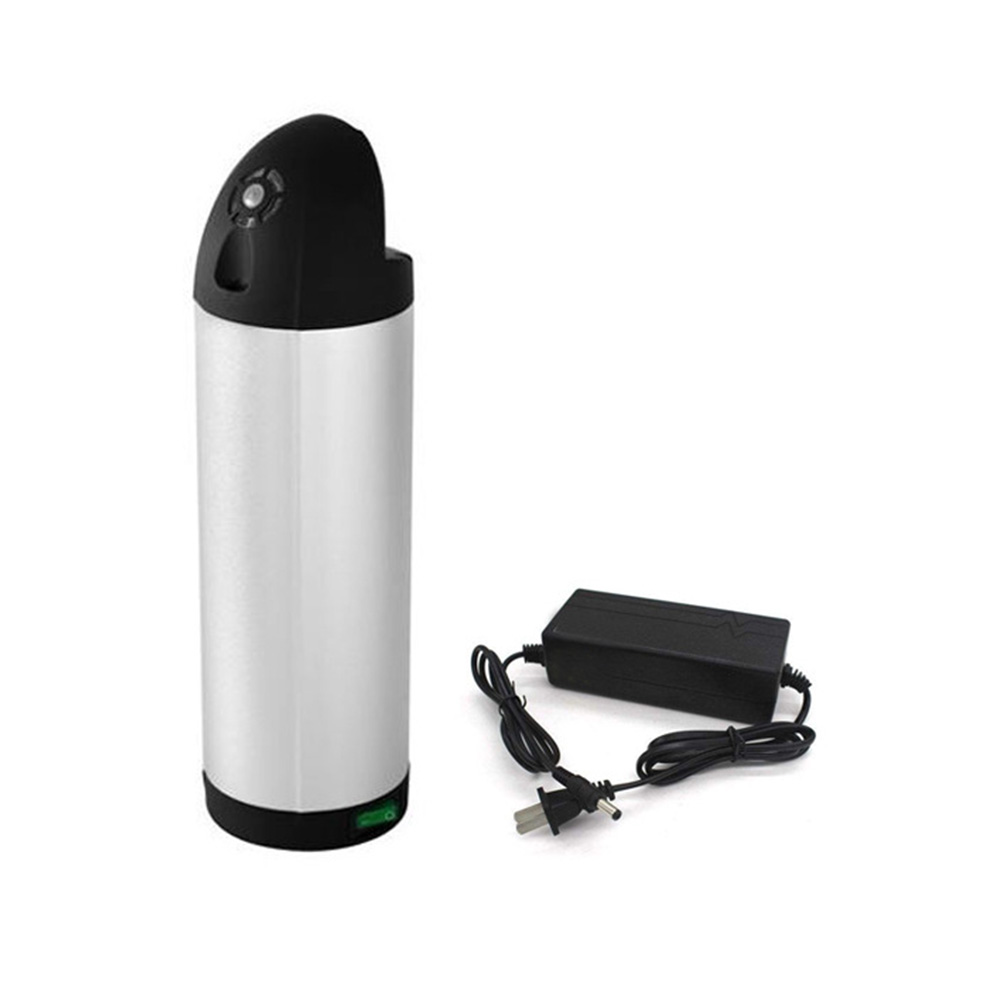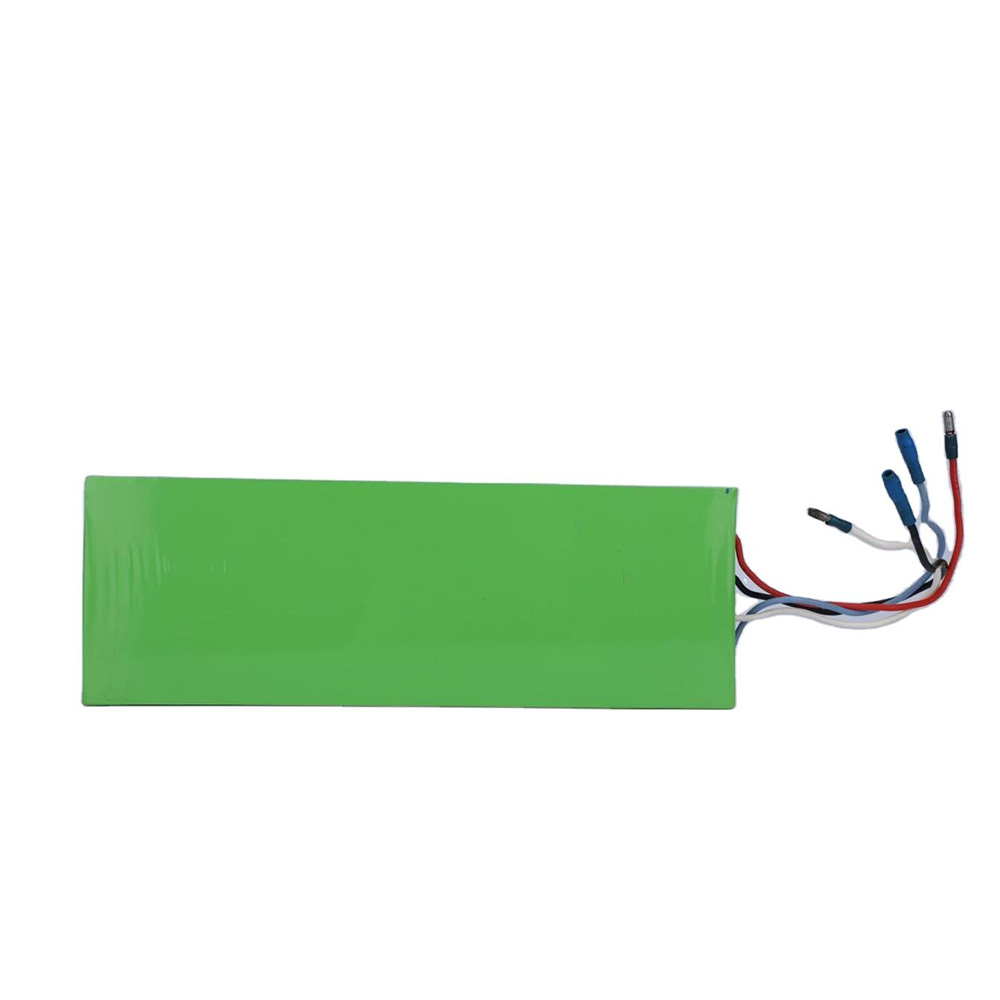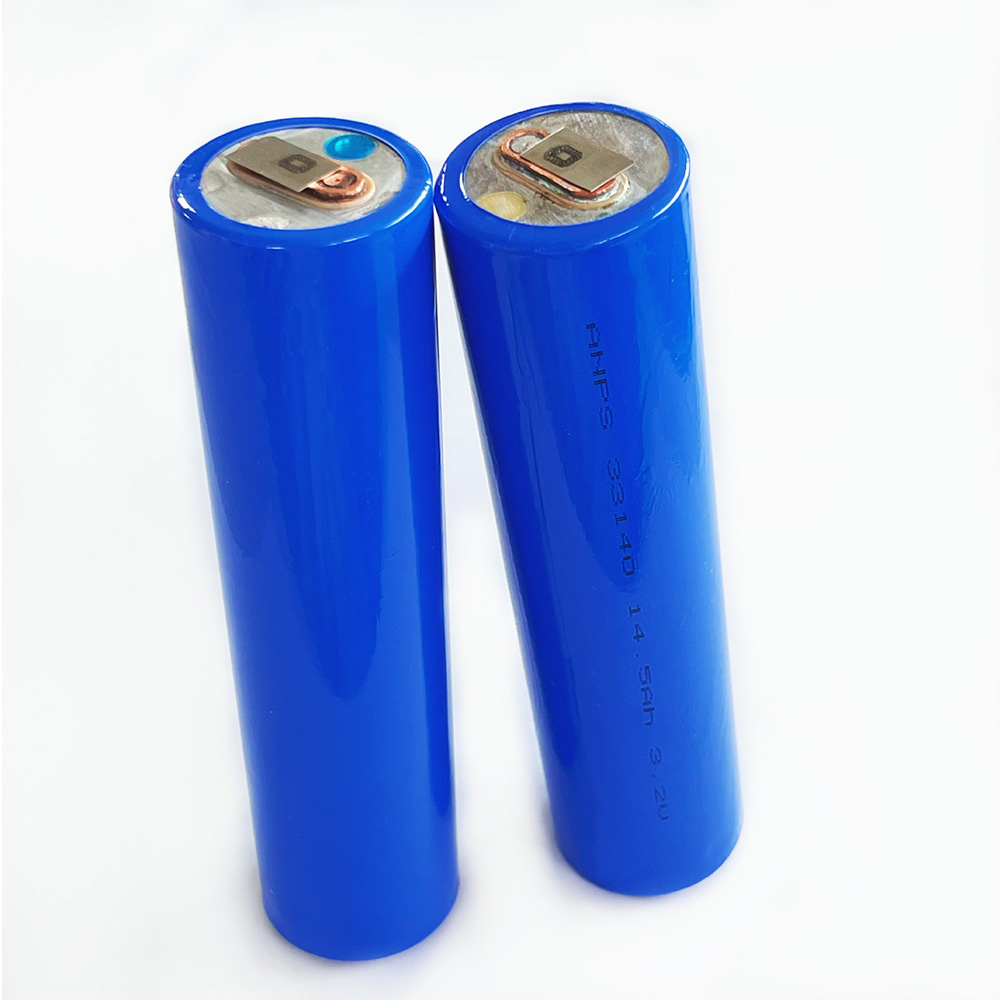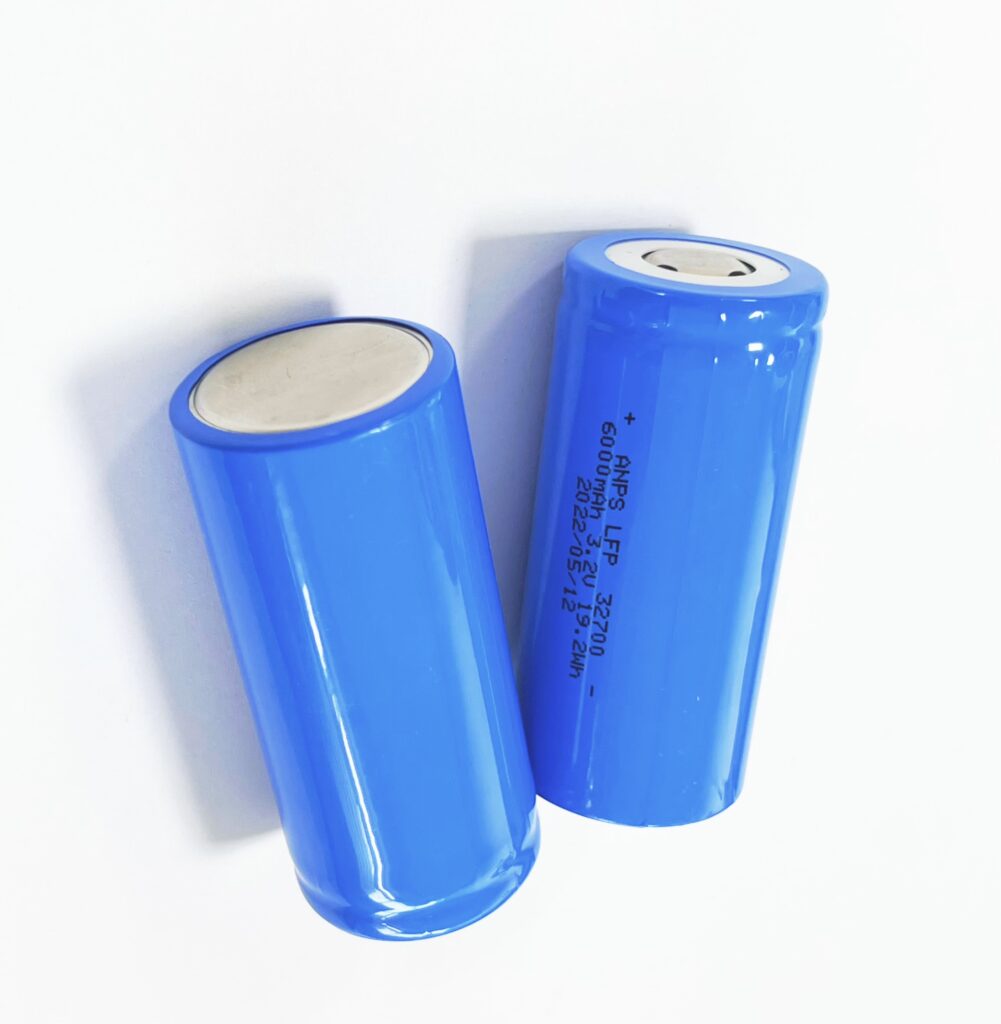Blog
Explore the Power of Lithium Innovation
Stay updated with the latest trends, technologies, and application insights in the world of lithium battery solutions
Search the whole station
Explore the Power of Lithium Innovation
Stay updated with the latest trends, technologies, and application insights in the world of lithium battery solutions
The process of assembling lithium battery cells into a complete battery pack is called battery PACK. It involves integrating key parts such as the cells themselves, a protection board, nickel strips, and labeling materials. Through a series of processing and assembly steps, these components are combined into a fully functional battery pack.
Let’s go step by step and see how a lithium battery pack is designed and assembled.
What is a Lithium Battery Pack?
A lithium battery pack is essentially a circuit system made up of multiple lithium cells that work together to store and deliver energy.
Each pack can contain several cells, and each cell comes with its own voltage and capacity. By connecting cells in series or parallel, the pack can be configured to deliver either higher voltage or greater capacity. A charging system is typically built into the pack to supply energy to devices.
The size of a pack depends on the number and type of cells it contains. Common formats include 18650, 21700, 26650, 32700, and prismatic cells. The number of cells used directly influences the pack’s final size.

Step 1: Cell Sorting and Grouping
The first step is to sort and match the cells. Technicians group cells with similar characteristics to ensure consistency. Key parameters include:
By grouping similar cells together, internal balance is improved, efficiency is higher, and the battery pack’s service life is extended.
Step 2: Cell Assembly and Fixture Alignment
The sorted cells are placed into structured fixtures and then spot welded together. Following the Standard Operating Procedure (SOP) is critical at this stage, especially ensuring correct polarity alignment (positive and negative terminals).
Proper alignment avoids short circuits and ensures electrical safety.
Step 3: Welding the Battery Pack to the PCM/BMS
Next, the cells are welded to a PCM (Protection Circuit Module) or a BMS (Battery Management System). This is essentially the “brain” of the pack.
It protects the battery from:
For low-voltage packs (<20 cells), a PCM with balancing features is often enough. For high-voltage packs (>20 cells), a BMS is essential, since it continuously monitors the cells to maintain safe operation.

Step 4: Insulating the Semi-Finished Pack
At this stage, insulation materials are applied and voltage sensing wires, output cables, and positive/negative terminals are secured.
⚠️ Care must be taken to avoid compressing or stacking wires, especially voltage sampling wires. Pressure on these can damage insulation and increase the risk of short circuits. Proper insulation ensures safe handling before the final assembly.
Step 5: Testing the Semi-Finished Pack
The semi-assembled battery is now tested for quality and performance. Typical tests include:
Depending on the application, additional stress tests may also be performed—such as high/low-temperature testing, nail penetration, drop resistance, and salt spray corrosion.
During these tests, technicians closely monitor how the battery responds. For example:
Only after passing all tests does the pack move on to packaging.

Step 6: Battery Pack Packaging
The packaging method depends on the pack design.
Throughout the process, the battery must be handled carefully to avoid impact or compression. Proper insulation of wires is also crucial to prevent shorts..
Step 7: Final Pack Testing
In the last stage, the completed pack is tested on a comprehensive battery tester. Parameters such as:
are verified. If necessary, additional protection tests (short-circuit, overcurrent) are also carried out to ensure full safety.
Final Thoughts
After these steps, the lithium battery pack is fully assembled and ready for use. While the process may sound complicated, following each step carefully ensures a pack that is both safe and reliable, tailored to its intended application.

High-performance 36V 10Ah water bottle lithium battery for electric bikes. Lightweight 3.5kg, fast charging in 1.5–2 hours, safe & durable with up to 500 cycles. Ideal for commuting and long rides.

high-performance 18650 Battery 4000mAh, offering stable 24V power and deep cycle support. Perfect for electric scooters, power tools, and energy storage systems. Built-in safety protections ensure long-lasting, reliable performance.

Apsenx 33140 LiFePO4 battery cell (14500mAh, 3.2V). High capacity, long cycle life, safe chemistry. Ideal for ESS, EV, UPS, and solar storage.

Reliable 32700 LiFePO4 battery with 6000mAh capacity, 2000+ cycles, and advanced safety features. Perfect for EVs, solar storage, and backup power solutions.
Learn how to store power tool batteries safely to extend lifespan, prevent hazards, and maintain performance. Tips for Li-ion, Ni-Cd, and Ni-MH batteries included
View detailsLearn about 18650 battery current, including continuous, pulse, and maximum discharge rates, and key factors affecting performance to choose the right battery for electronics, power tools, and energy storage.
View detailsLearn the differences between flat-top and button-top 18650 batteries, including device compatibility, safety features, and performance. Discover which type is ideal for your electronics or high-power devices.
View detailsExplore the 21700 lithium-ion battery, its advantages over 18650 batteries, applications in electric vehicles, consumer electronics, and energy storage, and its future in the battery market.
View details
HelloPlease log in